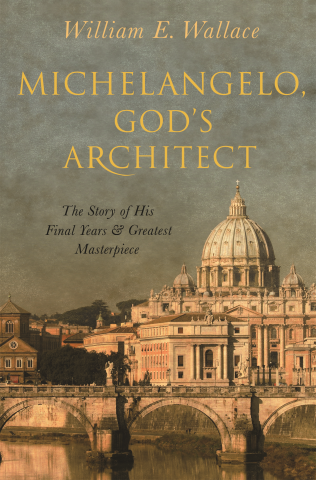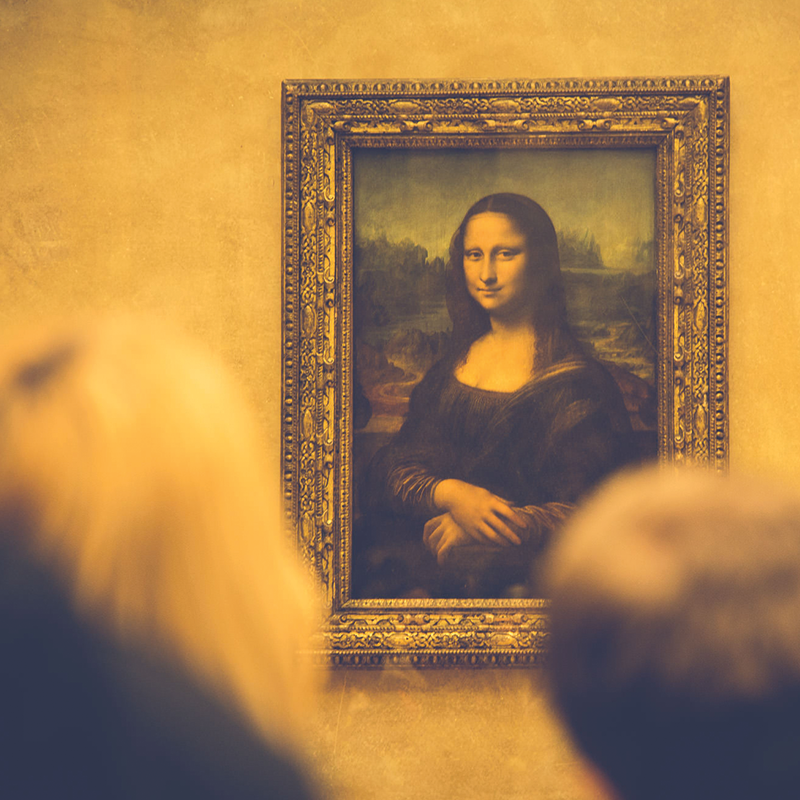https://arthistory.wustl.edu/xml/faculty_staff/13019/rss.xml
William E. Wallace received his Ph.D. in Art History from Columbia University in New York in 1983 and is currently Professor in the Department of Art History and Archaeology.
He teaches Renaissance art and architecture 1300-1700, and is an internationally recognized authority on Michelangelo and his contemporaries. In addition to more than 90 essays, chapters and articles (as well as two short works of fiction), he is the author and editor of eight different books on Michelangelo, including Michelangelo at San Lorenzo: the Genius as Entrepreneur (Cambridge, 1994); Michelangelo: Selected Scholarship in English (Garland, 1996), Michelangelo: The Complete Sculpture, Painting, and Architecture (Hugh Lauter Levin, 1998); Michelangelo: Selected Readings (Garland, 1999); Discovering Michelangelo: The Art Lover's Guide to Understanding Michelangelo's Masterpieces (Rizzoli 2012). His biography, Michelangelo: The Artist, the Man and his Times appeared with Cambridge University Press in 2010, and issued in paperback in 2011. His article "Drawing Limits: Michelangelo Grows Old" will be published in the Art Bulletin in 2021.
Wallace is the recipient of numerous awards and fellowships, including at Villa I Tatti, Harvard University’s Center forRenaissance Studies in Florence and a year at the American Academy in Rome. He has been a principal consultant for two BBC television programs on Michelangelo, and has taped a 36-lecture audio-visual course, “The Genius of Michelangelo” for “The Teaching Company.” His recently completed book, Michelangelo, God’s Architect: The Story of His Final Years and Greatest Masterpiece (Princeton, 2019) focuses on the artist’s late life and his greatest creation: the building of St. Peter’s Basilica in Rome.
Listen to Professor Wallace's recent interview with the Washington University Ampersand about a rare document housed in the Washington University Library written by Michelangelo Buonarroti, and what it exposes about the life and times of the artist.
From our podcast:

The many lives of Michelangelo
Art historian William Wallace shares the story of how an extremely rare document discovered in WashU's own library provides a window into Michelangelo's life and art.

Michelangelo, God’s Architect The Story of His Final Years and Greatest Masterpiece
By William Wallace
The untold story of Michelangelo's final decades—and his transformation into one of the greatest architects of the Italian Renaissance
As he entered his seventies, the great Italian Renaissance artist Michelangelo despaired that his productive years were past. Anguished by the death of friends and discouraged by the loss of commissions to younger artists, this supreme painter and sculptor began carving his own tomb. It was at this unlikely moment that fate intervened to task Michelangelo with the most ambitious and daunting project of his long creative life.
Michelangelo, God's Architect is the first book to tell the full story of Michelangelo's final two decades, when the peerless artist refashioned himself into the master architect of St. Peter’s Basilica and other major buildings. When the Pope handed Michelangelo control of the St. Peter’s project in 1546, it was a study in architectural mismanagement, plagued by flawed design and faulty engineering. Assessing the situation with his uncompromising eye and razor-sharp intellect, Michelangelo overcame the furious resistance of Church officials to persuade the Pope that it was time to start over.
In this richly illustrated book, leading Michelangelo expert William Wallace sheds new light on this least familiar part of Michelangelo’s biography, revealing a creative genius who was also a skilled engineer and enterprising businessman. The challenge of building St. Peter’s deepened Michelangelo’s faith, Wallace shows. Fighting the intrigues of Church politics and his own declining health, Michelangelo became convinced that he was destined to build the largest and most magnificent church ever conceived. And he was determined to live long enough that no other architect could alter his design.

Michelangelo, God’s Architect: The Story of His Final Years and Greatest Masterpiece
By William E. Wallace
As he entered his seventies, the great Italian Renaissance artist Michelangelo despaired that his productive years were past. Anguished by the death of friends and discouraged by the loss of commissions to younger artists, this supreme painter and sculptor began carving his own tomb. It was at this unlikely moment that fate intervened to task Michelangelo with the most ambitious and daunting project of his long creative life.
Michelangelo, God’s Architect is the first book to tell the full story of Michelangelo’s final two decades, when the peerless artist refashioned himself into the master architect of St. Peter’s Basilica and other major buildings. When the Pope handed Michelangelo control of the St. Peter’s project in 1546, it was a study in architectural mismanagement, plagued by flawed design and faulty engineering. Assessing the situation with his uncompromising eye and razor-sharp intellect, Michelangelo overcame the furious resistance of Church officials to persuade the Pope that it was time to start over.
In this richly illustrated book, leading Michelangelo expert William Wallace sheds new light on this least familiar part of Michelangelo’s biography, revealing a creative genius who was also a skilled engineer and enterprising businessman. The challenge of building St. Peter’s deepened Michelangelo’s faith, Wallace shows. Fighting the intrigues of Church politics and his own declining health, Michelangelo became convinced that he was destined to build the largest and most magnificent church ever conceived. And he was determined to live long enough that no other architect could alter his design.






